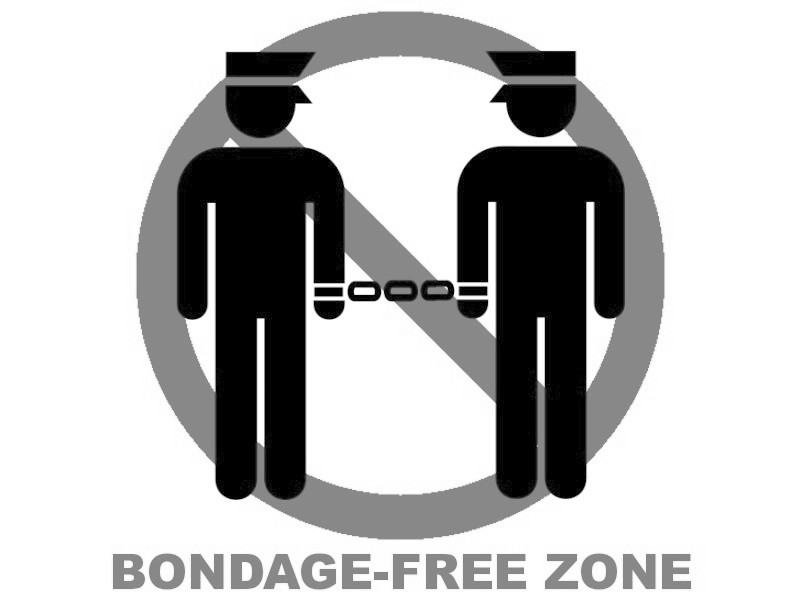 It was a book that many people were a bit intrigued by. It then became a film that many people were intrigued by. Fifty Shades of Grey promised to be a rather racy film that could lead to some people experimenting with handcuffs and all sorts. So, what better place for a fearless fire service comms team to cut loose.
It was a book that many people were a bit intrigued by. It then became a film that many people were intrigued by. Fifty Shades of Grey promised to be a rather racy film that could lead to some people experimenting with handcuffs and all sorts. So, what better place for a fearless fire service comms team to cut loose.
by Rob McTaggart
Should you jump into bed with Fifty Shades of Grey? That’s what lots of PRs will have wondered ahead of the world launch of the film - how can we get involved?
We’ve a good track record for newsjacking and thought we could successfully resurface our #FiftyShadesofRed campaign.
However, national newspapers didn’t agree. None ran the story despite having it under embargo.
It proved to be our eye catching – and in some cases, eye watering - tweets about handcuffs and rings stuck on private parts that caught people’s imagination, essentially forcing the media to cover the story.
Crucially the aims of the campaign weren’t lost with the risqué posts.
We set out to reduce these embarrassing incidents by encouraging people to use some common sense and keep keys handy as well as advising them not force anything on that doesn’t fit.
It also presented the opportunity to highlight the range of jobs our firefighters attend, from people being stuck in toy cars to teenagers lodged in swings.
The campaign became the most read on the BBC, splashed on the front of The Daily Star, all national newspapers covered it online as well as being covered by CNN, Time magazine, USA Today, and NBC.
Interviews were held on BBC Radio 4 and the World Service, as well as internationally on Canadian, Spanish and German radio.
New media covered the campaign, with Buzzfeed, Mashable and Lad’s Bible sharing the content with more than 10m people. The cut-through was complete when an ITV reporter asked the cast about #FiftyShadesOfRed on the red carpet.
The tweets – devised by my colleague Richard Wilson and I - on their own received over one million impressions, increasing average engagement rate by 158% and the webpage received more than 32,000 views in just five days – in a week the Brigade’s whole site usually records 40-45,000.
But what did we do different? Well this was the first time we took a ‘digital newsroom’ approach to our social media.
Our statistics tell us Twitter posts with an image receive six times more engagement and twice as much reach as those without. With that in mind we created imagery that added value to our tweets - maximising the potential of the 140 characters.
We also repackaged content - another ‘first’ for the Brigade.
Previously content was posted once and never reused. However, this time we refreshed tweets and used the same content multiple times during the day to capture a varying audience. Often the third – sometimes fourth – tweet on a topic would out do the first.
With news organisations increasingly depending on media rich content to use online, many communications teams have already been operating as a ‘digital newsroom’ – they just haven’t realised it; now is the time to realise and take advantage.
Rob McTaggart is senior communications officer with London Fire Brigade.
